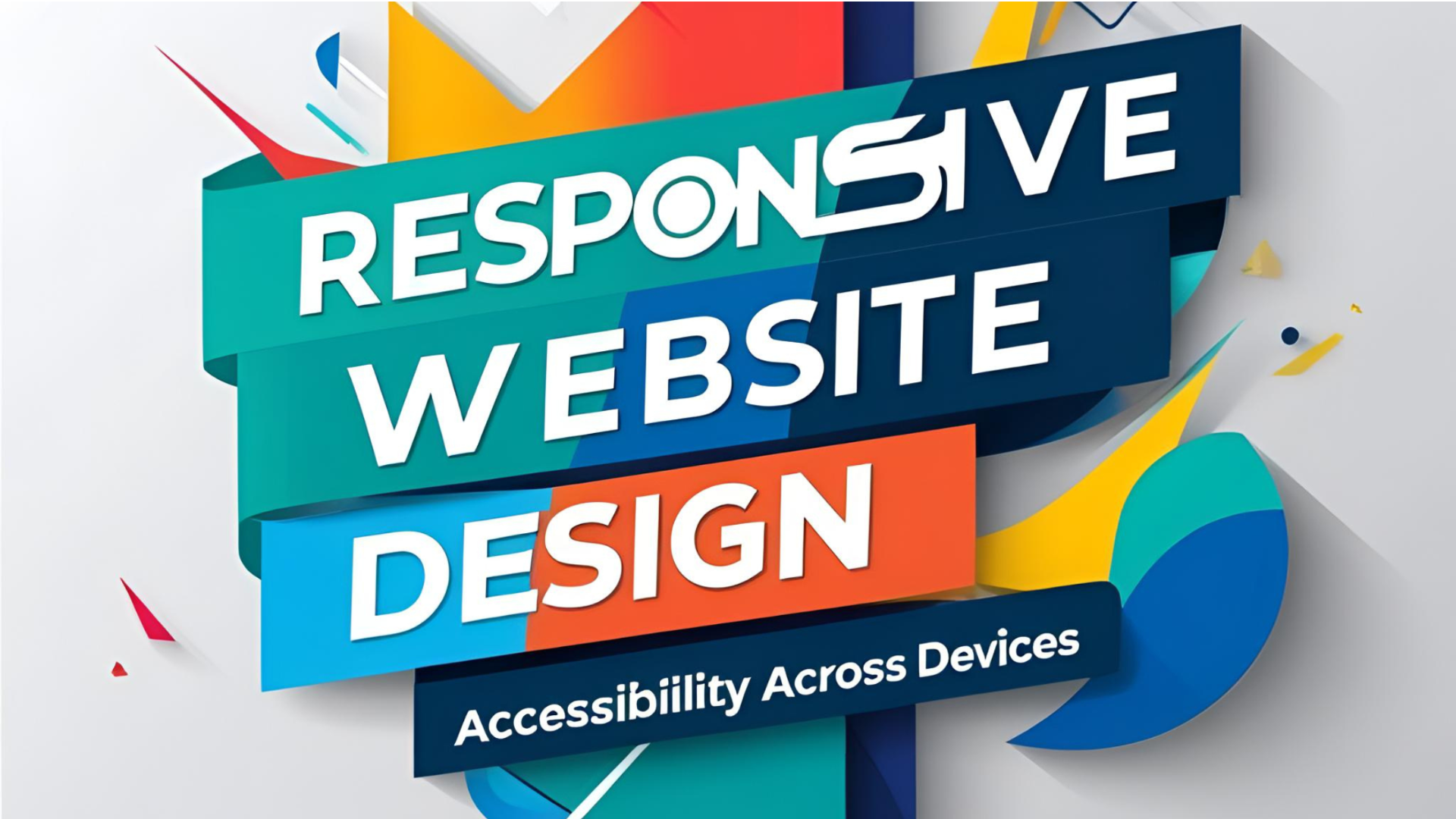Common Mistakes Non-Profits Make With their Website - How to Avoid Them
The Common Mistakes Non-Profits and Charities Make With their Website - And How to Avoid Them
Your website is your virtual face to the world. It’s a place where potential donors and volunteers can find information on your organization, learn more about what you do, and connect with you right away. So why are so many nonprofits making mistakes when it comes to their websites? Nonprofits and charitable organizations have an especially high bar for their websites because they have limited time, budget, and expertise to communicate their mission and programs. That’s why any website mistake is so important — if a visitor can’t quickly understand what you do or don’t trust your organization enough to donate or volunteer their time, then they might not return again.
Plan Ahead
Many nonprofits find themselves scrambling to get a new website up and running. But the process of designing and launching a website takes time — and for many organizations, that means months or even years. That means your organization needs to plan ahead if it wants a website now.
You can’t just throw a website together and hope that it’s good enough to get people to visit. The process of designing and launching a website takes time — and for many organizations, that means their website is now. If your organization is just getting started, start with an existing website. There are plenty of nonprofits that have started out with an existing website and then, once they have the basics down, turned to building their own. You can also look to other types of businesses that may have had a website in the past.
Ask your industry peers or other similar organizations what websites they like and what they’d change about their own website. That way, you can get a better idea of what’s missing from your website and what you can add to improve it.
Use Clear Navigation
A navigation bar at the top of your website is probably the first thing your visitors will see when they arrive. That means it needs to be clear and concise. But navigation shouldn’t be the only thing on your website navigation bar — it needs to also include links to key sections of your website like your About page, donate page, events page, and more. That way, visitors can easily navigate to find what they’re looking for, even if they’re not sure exactly what they want yet. What’s more, navigation links need to be the right colour. A good rule of thumb is that the links should be a tone darker than the background of your website so that they’re easy to distinguish. That way, visitors won’t be clicking links by accident.
Build With SEO In Mind
SEO stands for Search Engine Optimization, and it’s the art of making your website easy for people to find online. And when it comes to search engines, nonprofits have a lot to gain. In the past, the top spot on Google and other search engines often went to brands and businesses with millions of dollars at their disposal. But that’s changing: According to Google, over 65% of searches are now being done by individuals. And when it comes to Facebook, over 88% of people browse search results without clicking through to websites at all. That’s why building your website with SEO in mind is so important.
The first step is to think about your organization’s keywords. What are people searching for related to your organization? For example, if your organization focuses on health and nutrition, you might want to look at your competitor’s websites and see what keywords you can pick up there.
Next, think about the content you’re including on your website. Are you including articles and content that are specific to your keywords? What about images and videos that show your content? If you’re including a lot of images, you may want to consider using a plugin that makes it easier for search engines to crawl your images. And make sure your website is mobile-friendly.
Don’t Assume Your Audience Already Knows About You
One of the most important things to remember when designing your website is that you shouldn’t assume your audience already knows about you. That means no generic, one-sentence summaries of what your organization does and no bios or biographies of yourself or your team. You can quickly add these to your website later, once your website is built. And while it’s important to include these things when you launch your website, it’s even more important to keep them off your website.
Why? Well, for one thing, it takes visitors out of the content and information on your website, which can slow your website down and distract visitors from what’s important. It’s also a sign that you don’t trust your organization enough to let visitors learn about you on your own terms.
Keep it Clean and Simple
Another important tip for nonprofits is to keep their website clean and simple. That doesn’t just mean trimming down on the amount of text — it means making sure that the content on your website is relevant, clean, and easy to understand. That doesn’t just mean writing in generalities and assuming your audience can pick up on them — it means writing with a purpose in mind. Are you including a lot of long sentences? Perhaps you should break them up into shorter, more focused ones. Is there too much information? What about too little?
Final Words
Your website is your virtual face to the world. LaunchCMS is a great CMS tool to help your non-profit achieve and maintain your website goals. Your website is a place where potential donors and volunteers can find information on your organization, learn more about what you do, and connect with you right away. So why are so many nonprofits making mistakes when it comes to their websites?
Chances are your website doesn’t communicate how great your organization is, how much impact it’s making, or how easy it is to make a donation. That’s why it’s so important to plan ahead, use clear navigation, build with SEO in mind, and don’t assume your audience already knows about you. In order to get people excited about your organization, your website needs to be clear, clean, and simple. It needs to clearly communicate what your organization does, how it does it, and how easy it is for people to make a donation.









